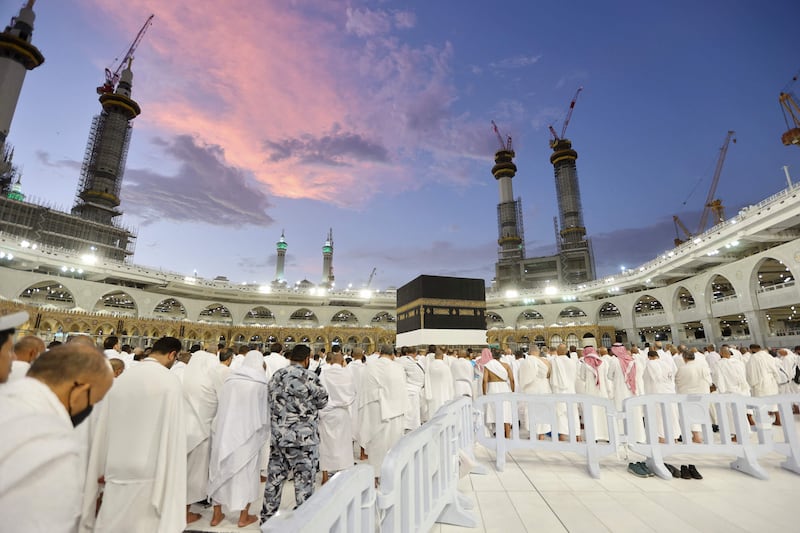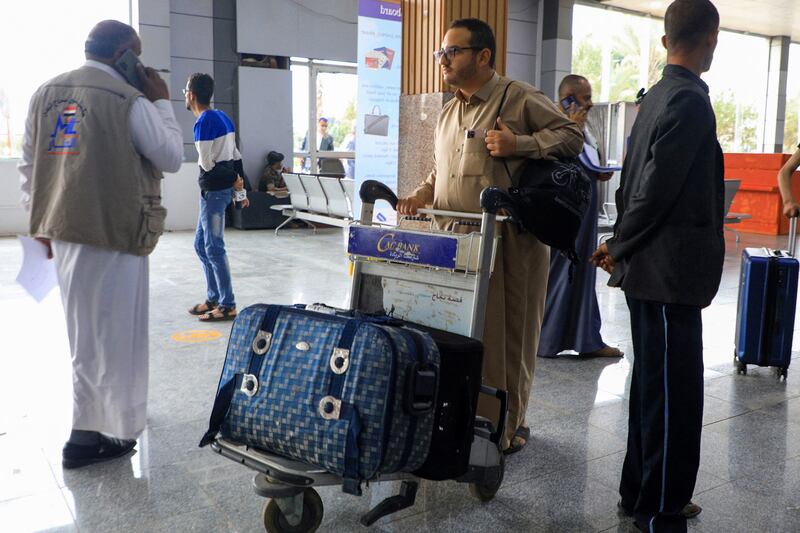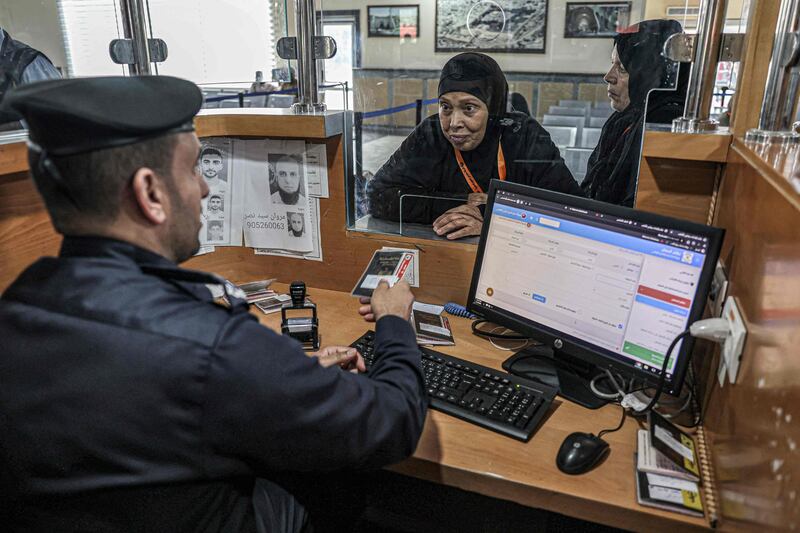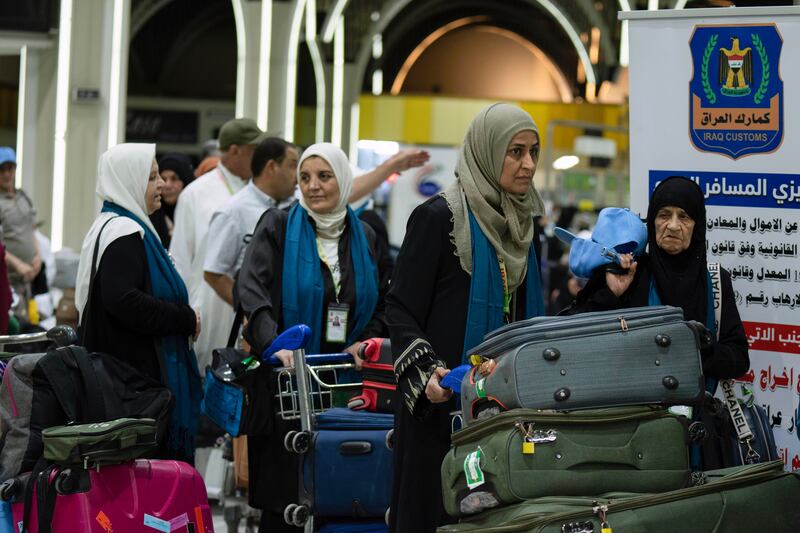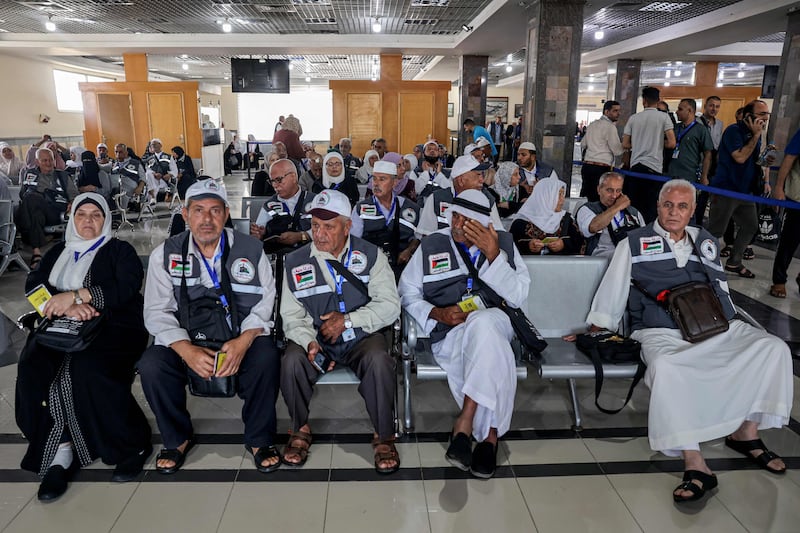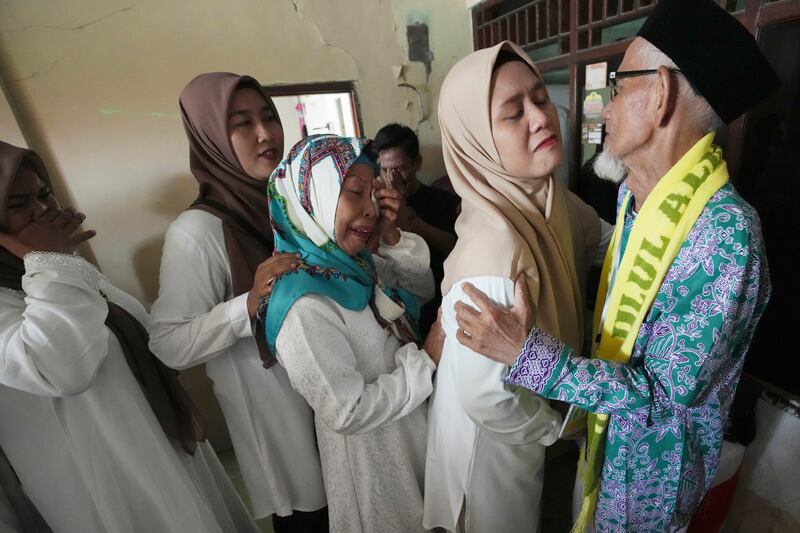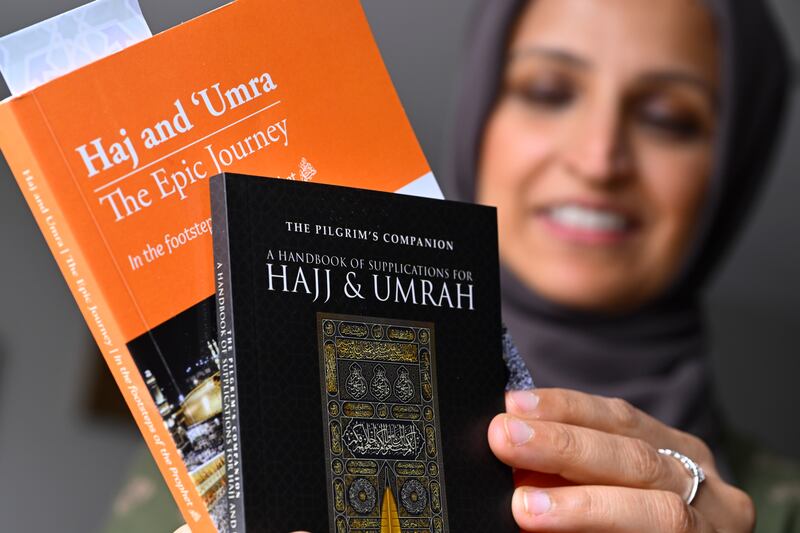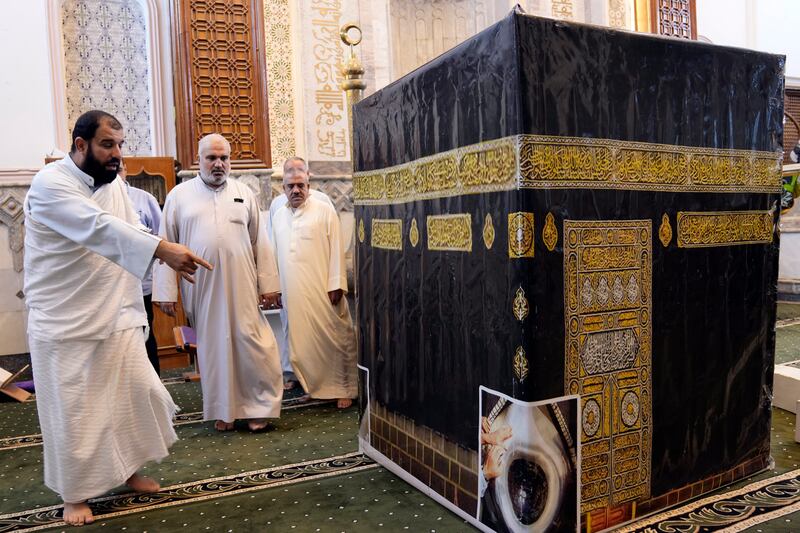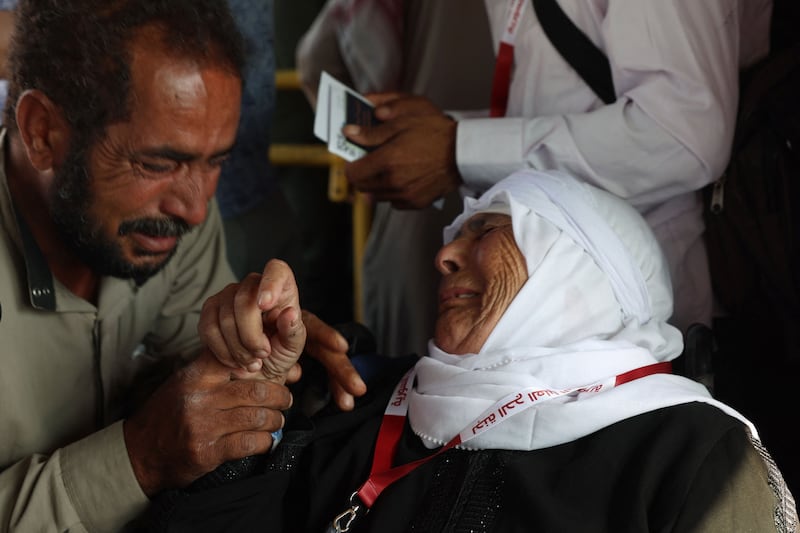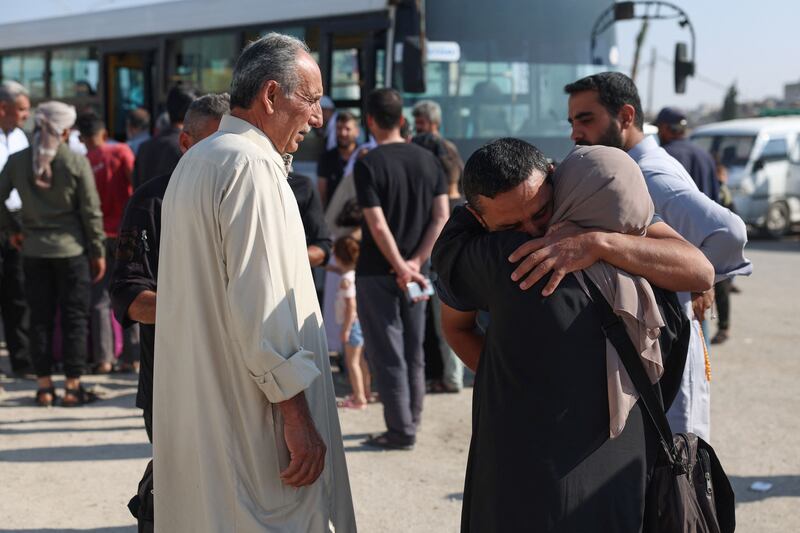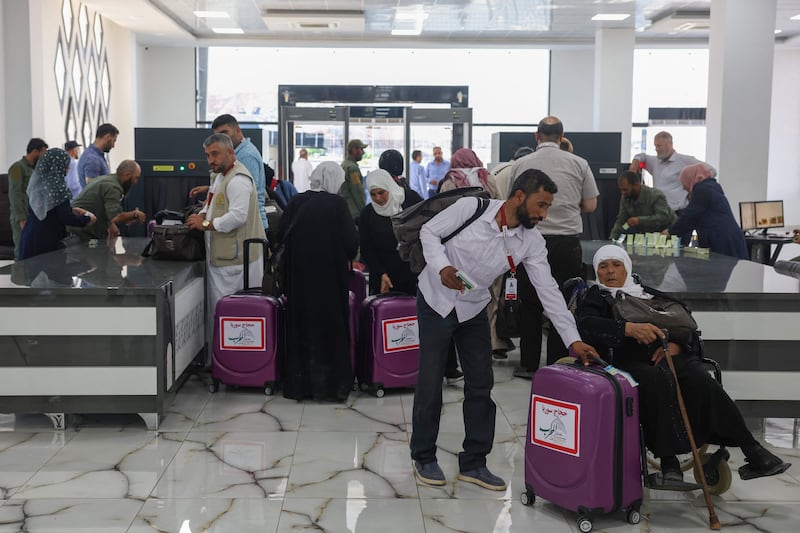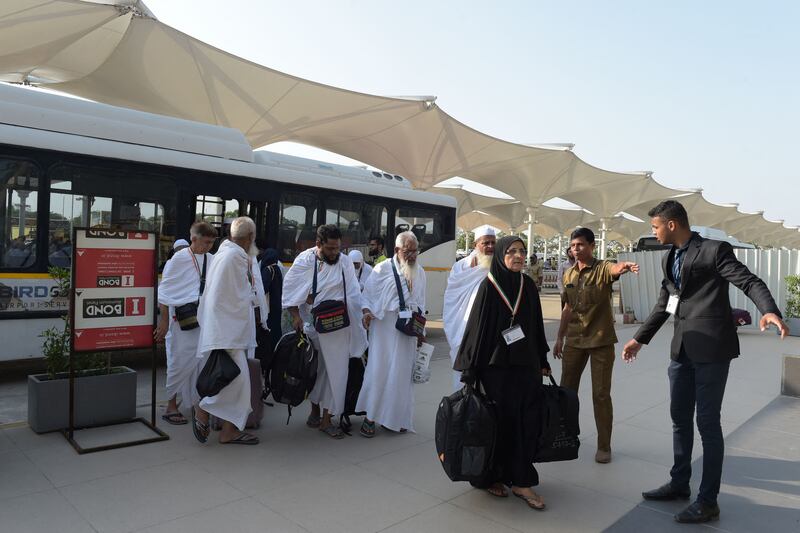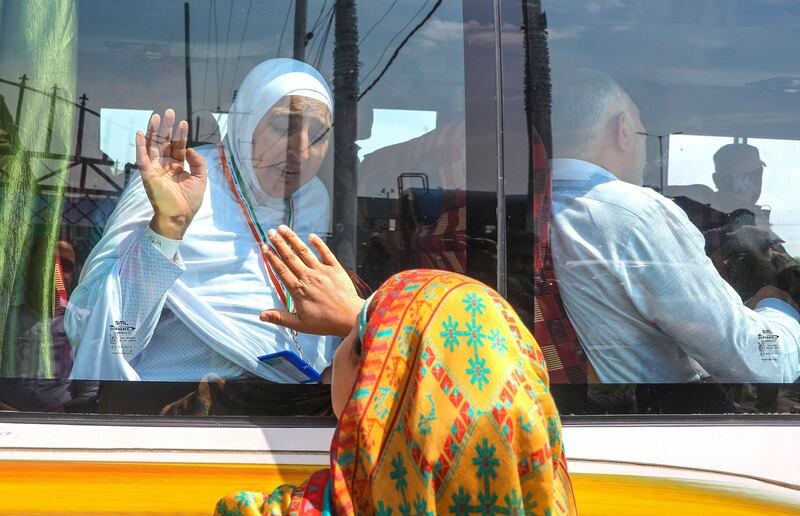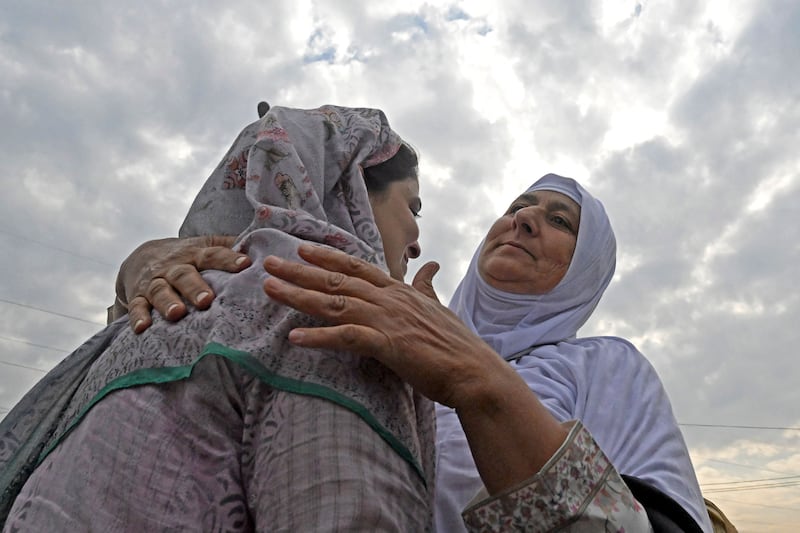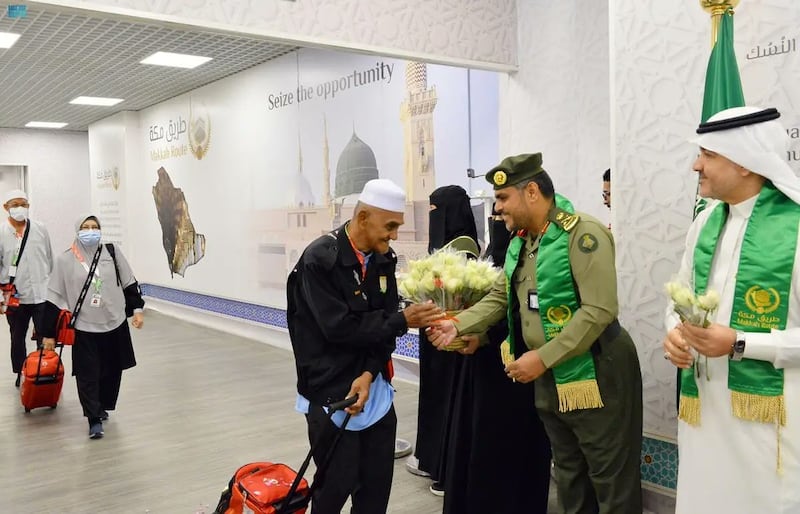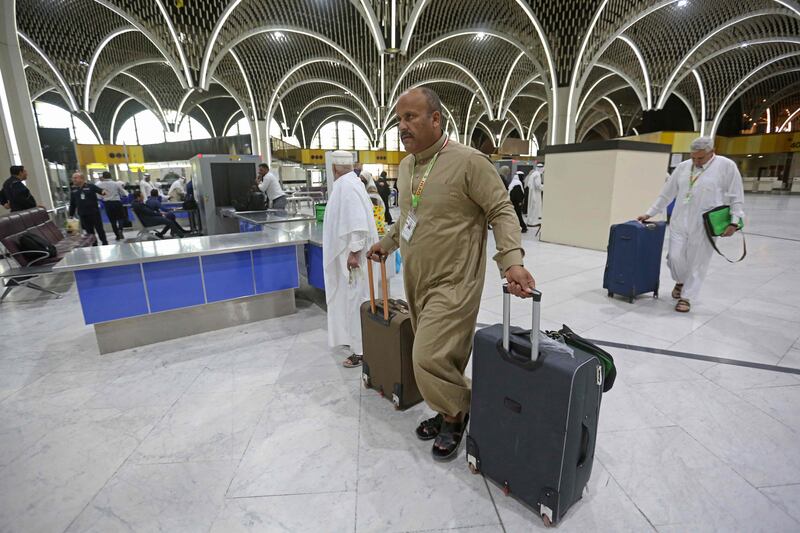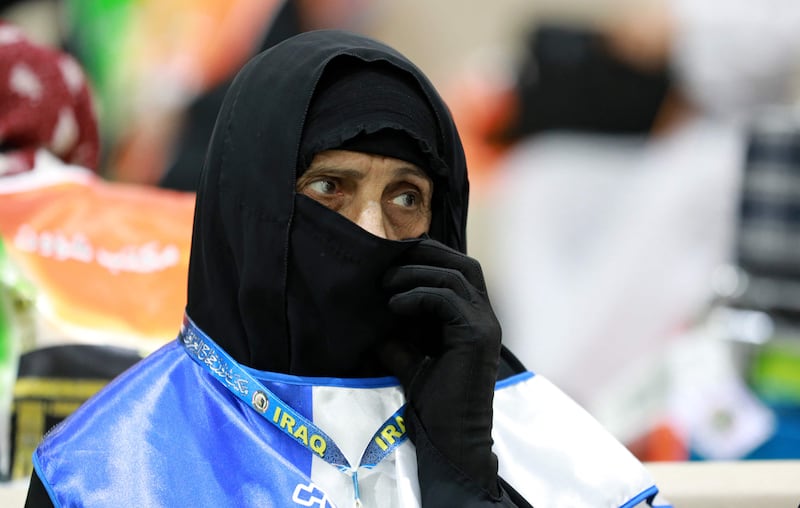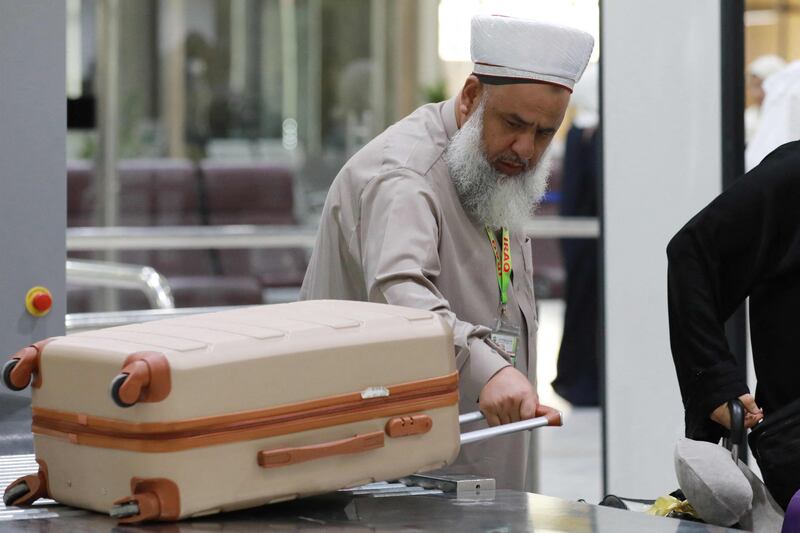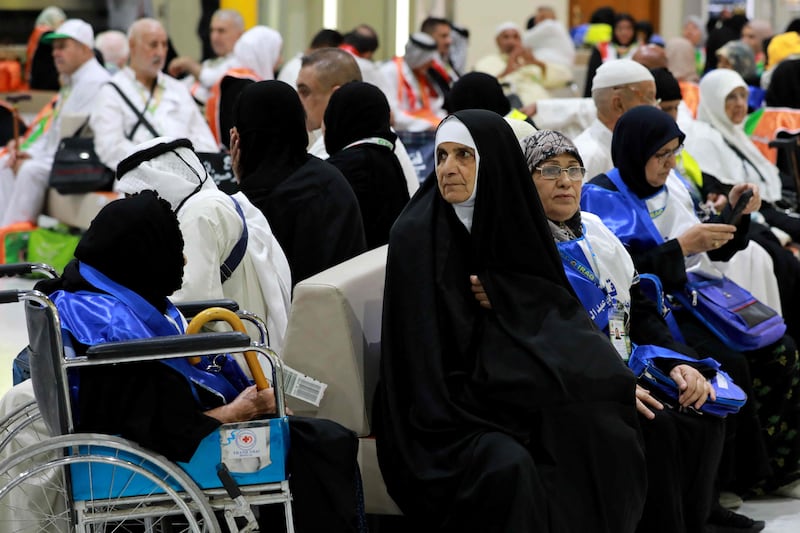When we speak of Hajj, one imagines huge crowds circling the Kaaba at Makkah, a sea of people in white ihrams and the stoning of the devil in Mina.
Spectacular images of the faithful captured from Mount Arafat are beamed across the world.
But the entire month of Dhu Al Hijjah is holy, with a series of days important to the Muslim faith.
This year, the first day of this revered month fell on June 19 of the Gregorian calendar.
Even before the Hajj journey itself, Muslims observe other holy days. Here is our guide:
Why is the entire month of Dhu Al Hijjah holy?
The 12th and final month of the Islamic calendar is considered one of the four sacred months for Muslims, called Al Ash-hur Al Hurom.
These months are Rajab, (the seventh month), Dhu Al Qaeda (11th), Dhu Al Hijjah (12th) and Muharram (first).
During these months, war is prohibited unless out of necessity and only in self-defence. Performing as many forms of worship as possible is greatly encouraged.
The Quran reads: “Lo! The number of the months with Allah is twelve months by Allah’s ordinance in the day that He created the heavens and the earth. Four of them are sacred.” (Surat At-Tawbah 36).
Dhu Al Hijjah consists of 29 or 30 days and its literal translation means Possessor of the Pilgrimage or the Month of the Pilgrimage.
The month was associated with Hajj before Islam was revealed to the Prophet Mohammed. In pre-Islamic times, Arabs would refrain from raids and wars and go on pilgrimage.
After Islam was established and the people of Makkah accepted the faith, the Prophet Mohammed and his companions performed Hajj.
During that pilgrimage, Muslims witnessed the rituals and, to this day, still follow the Prophet Mohammed’s lead and benefit from his Hadiths, which clarify many Hajj practices.
Ashr Dhu Al Hijjah
The first 10 days of Dhu Hijjah, starting on the eve of the month, are of great reverence for Muslims as Allah swears with them: “By the dawn. And 10 nights.” (Surat Al-Fajr).
In their interpretations, Muslim scholars placed tremendous weight on good deeds performed during this period. They even declared it to be of greater importance than jihad. Fasting comes on the top of the list. Unlike Ramadan, this fasting is not mandatory, but it is mustahab, or recommended.
During the first third of Dhu Al Hijjah, Muslims are encouraged to recite the Quran, remember God (dhikr) and give to charity. Residents in Makkah provide supplies for the pilgrims.
The most important day to fast is day nine of Dhu Al Hijjah, which marks the start of the Hajj journey. This day is called Arafat day, when pilgrims set off for Mount Arafat and stay there until sunset.
Prayers are believed to be answered on this day and it is the holiest day in the year for Muslims.
During Hajj, pilgrims are advised not to fast so they can be at full strength to carry out the pilgrimage.
However, Muslims who are not performing Hajj can still enjoy many of its blessings by fasting.
What do pilgrims wear on Hajj and what things to pack for the journey?
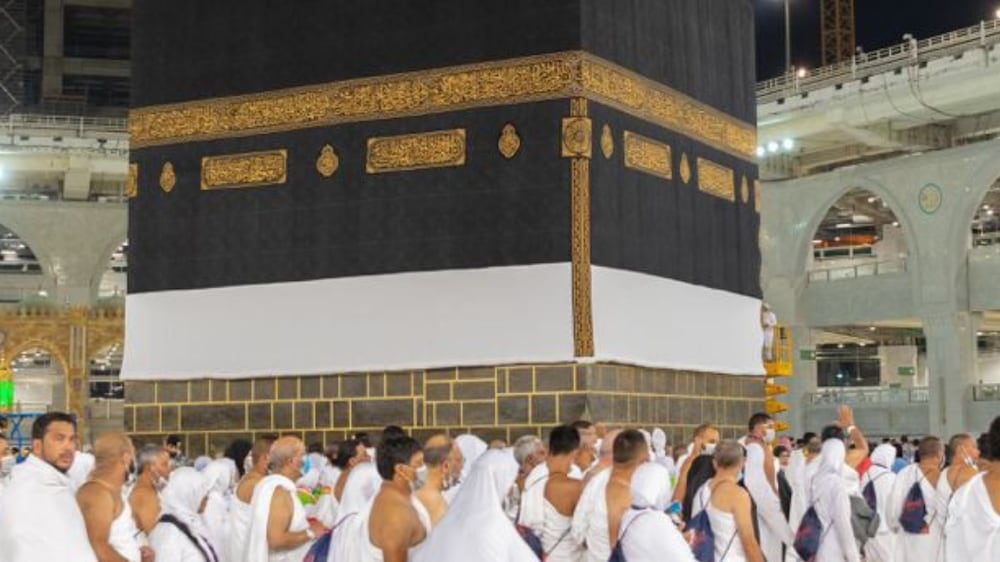
Eid Al Adha
The tenth day of Dhu Al Hijjah marks the first day of Eid Al Adha.
The name Eid Al Adha is derived from the Arabic word Al Udhiya, which means animal sacrifice.
Each year, Muslims who have the financial means sacrifice their best halal domestic animals (usually a cow, but it can also be a camel, goat or sheep depending on the region) as a symbol of Ibrahim's willingness to sacrifice his son, Ismail.
A portion of the meat is kept for the family and their neighbours but most of it is distributed to those in need. Donors can organise for the sacrifice to be held in another region or country, where there are more people in need.
Eid Al Adha is also known in Egypt as Eid Al Lahma, which means the “meat Eid”. Another commonly used name in Arab countries is Al Eid Al Kabeer, meaning the Grand Eid. It is known as the Grand Eid because it is longer than Eid Al Fitr, which is celebrated at the end of Ramadan.
Eid Al Adha is four days. The first day has Eid prayers in the morning, after which the sacrifice is held (Muslims can delay offering the sacrifice by up to the three days).
The next three days, which are also considered Eid, are called Ayyam Al Tashreeq.
What is Ayyam Al Tashreeq?
The Prophet Mohammed described these days as “the days of eating, drinking and praising of God”.
Pilgrims spent Ayyam Al Tashreeq in Mina and perform the ritual of stoning each day, while also praying and enjoying food.
Those not performing Hajj spend these days visiting families and remembering God.
Another social custom that is traditional during both Eids in most Arab countries is Eidiyyah.
Eidiyyah is a small amount of money – and sometimes sweets – distributed to children after Eid prayers and during family gatherings.
